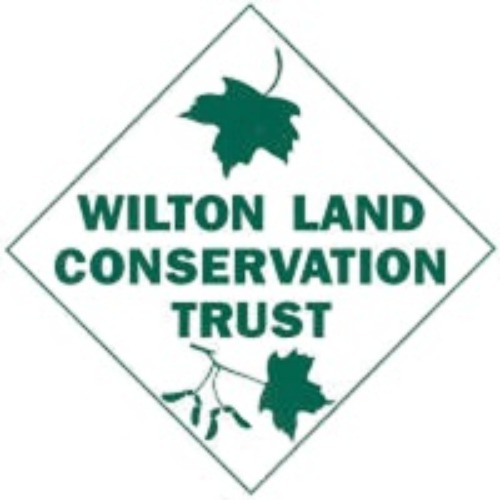Native Species
Indigenous plants have been grown in an area for an amount of geologic time. Wilton provides a home to hundreds species of flora and fauna. Plants native Wilton can be found across New England and the east coast of the United States.
iNaturalist

iNaturalist was used to identify every species on this page. iNaturalist is an app supporting citizen science projects and connecting an online social network of naturalists, citizen scientists, and biologists collects observations contributing to biodiversity science.
Each encounter with a species is used as data for scientific research projects, conservation agencies, other organizations, and the public.
Our 2019 interns have mastered iNaturalist while recording each species they have come across. Below are Native species the interns have identified during their time at the Wilton Land Trust.
Christmas Fern
Scientific Name: Polystichum Acrostichoides
The green leaves of the Christmas Fern grow up to three feet in length and approximately four inches wide.
The plant has leathery, tough, and lance-shaped leaves that meet in a pointed tip.
The Christmas fern is found on the northeastern part of the United States and the north-central section of the United States.
Christmas ferns are named for their evergreen habit because they do not die in cold weather.
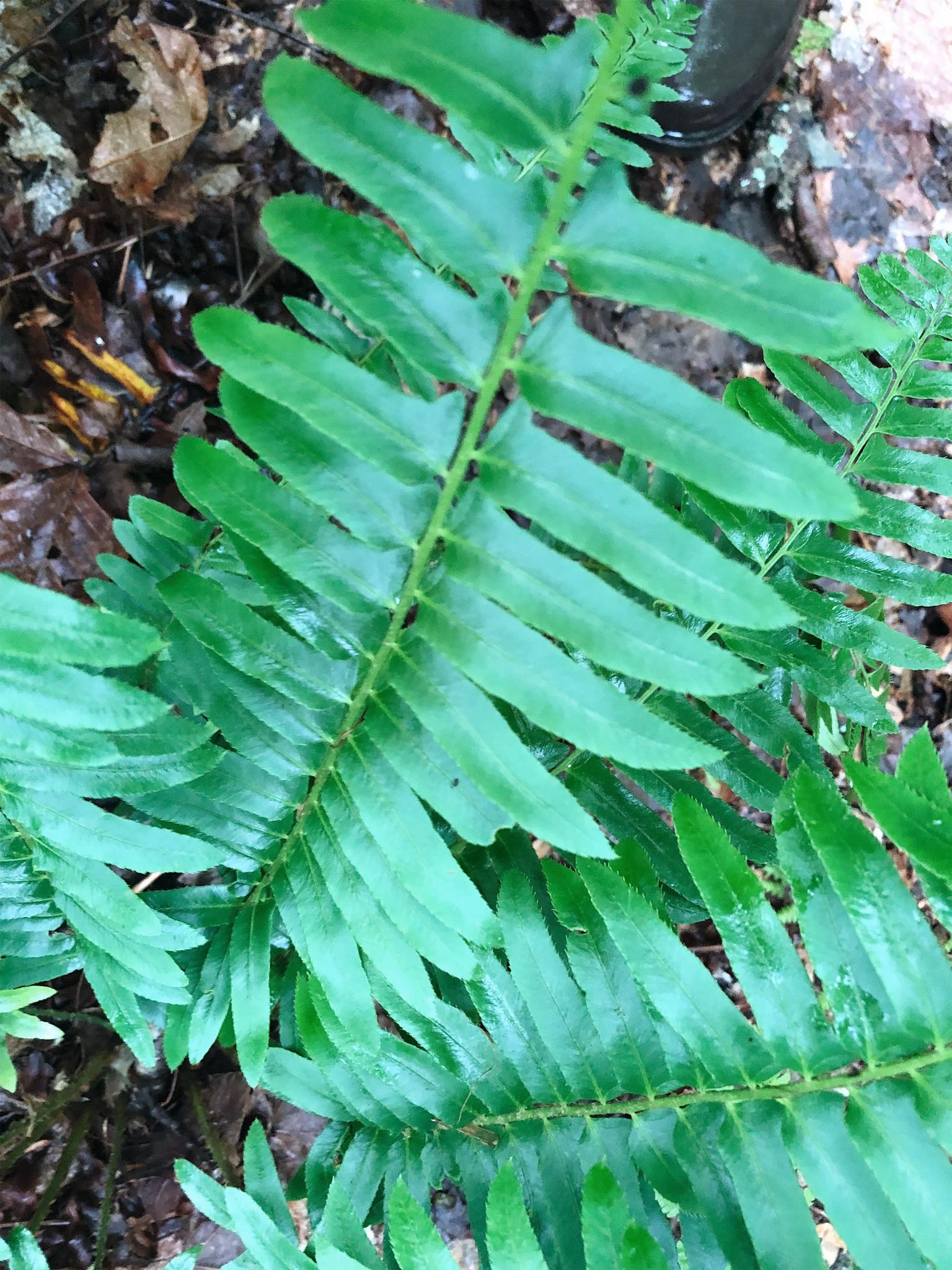
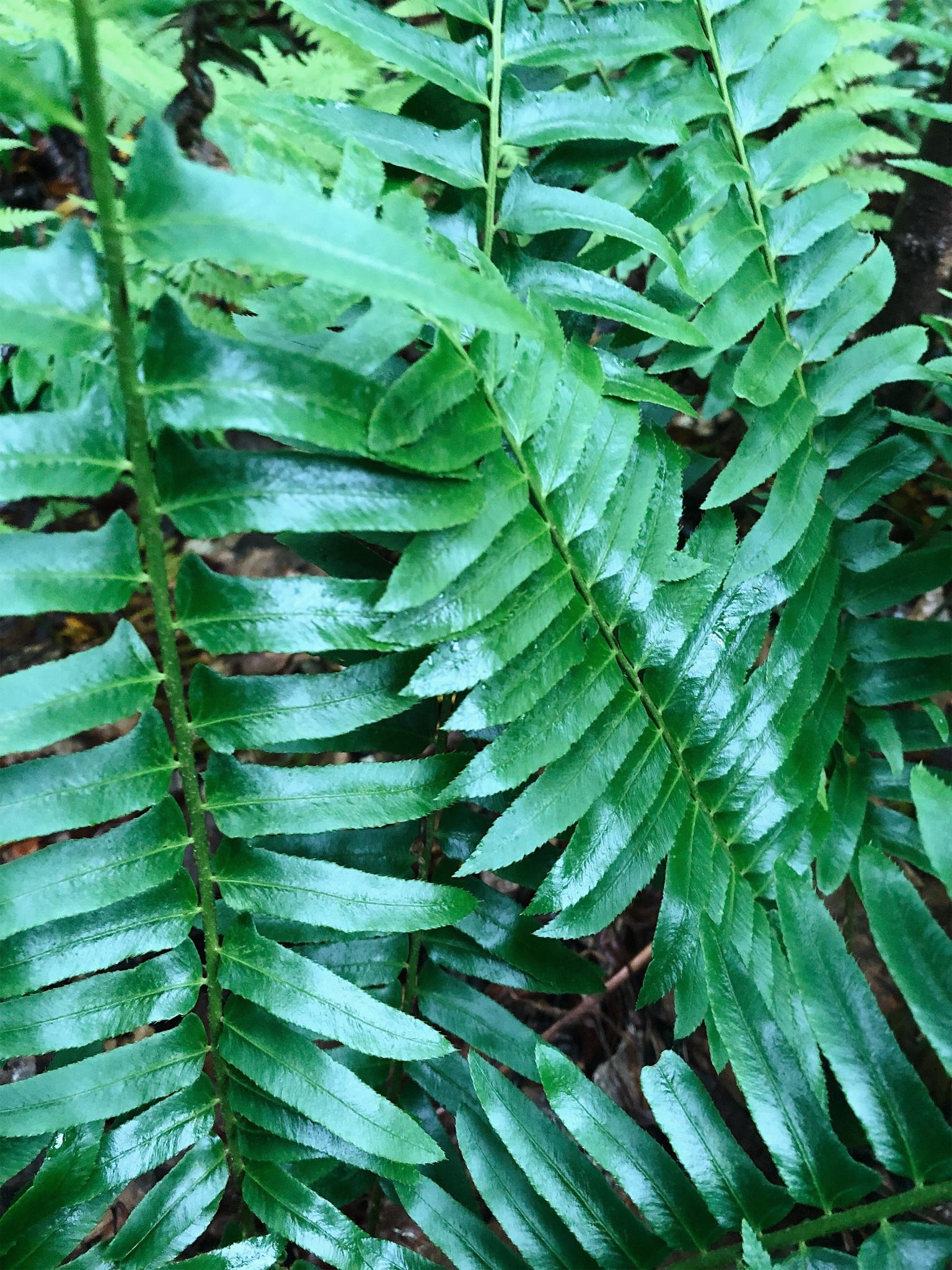
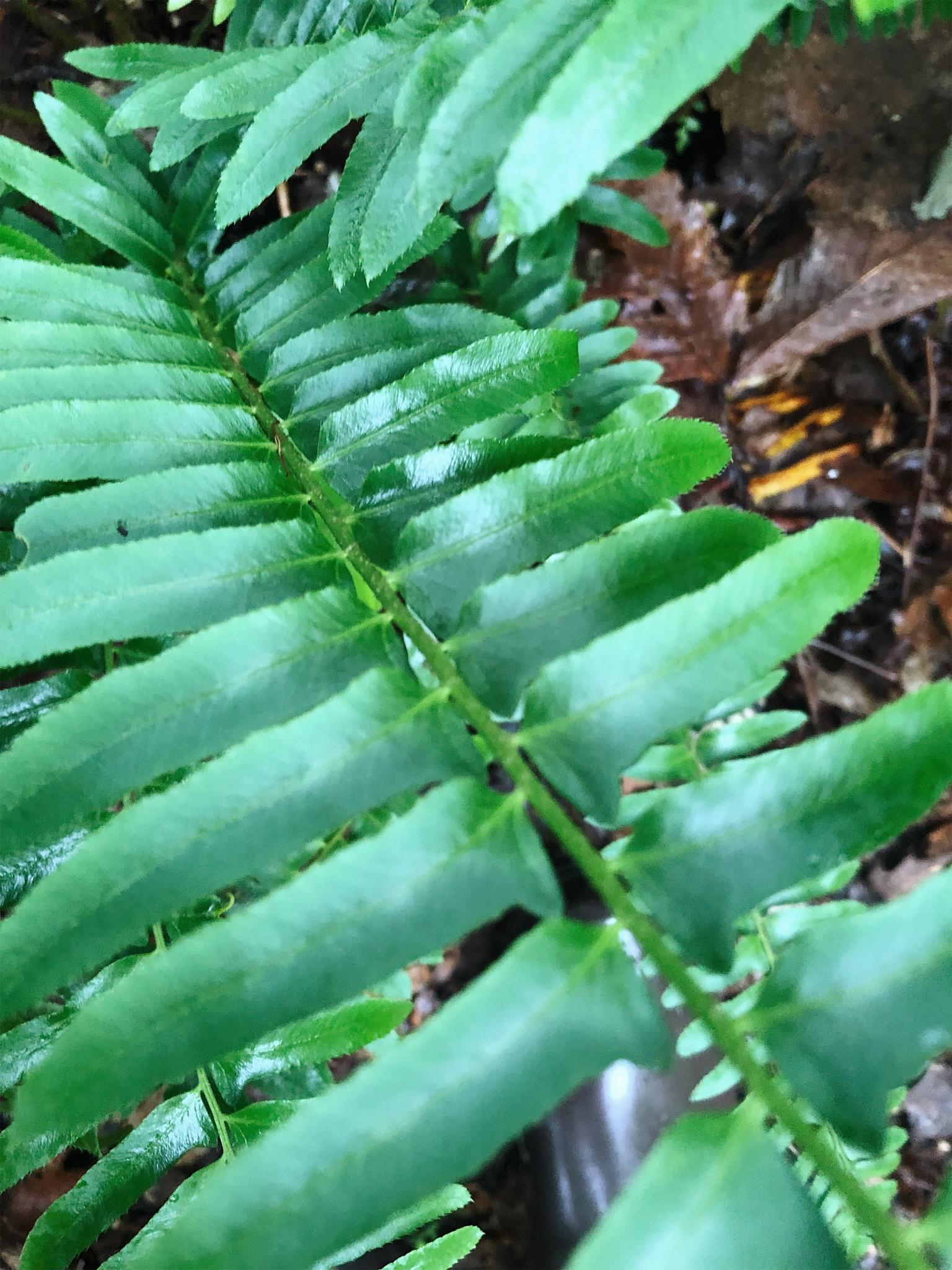
Cinnamon Fern
Scientific Name: Osmundastrum cinnamomeum
Cinnamon ferns are beautiful, tall fern that grows wild within moist mountain slopes and swamps of the eastern United States.
Cinnamon ferns reach a height of four feet and have two distinctive types of fronds with different colors and textures.
Fertile, plume-like, cinnamon-colored fronds that grow at the center of the plant, these fronds are the reason for the ferns name as they look like sticks of cinnamon. They are surrounded by green, sterile fronds that are also larger than their cinnamon-colored counterparts. The contrast between the two cause an appealing, multi-dimensional plant.
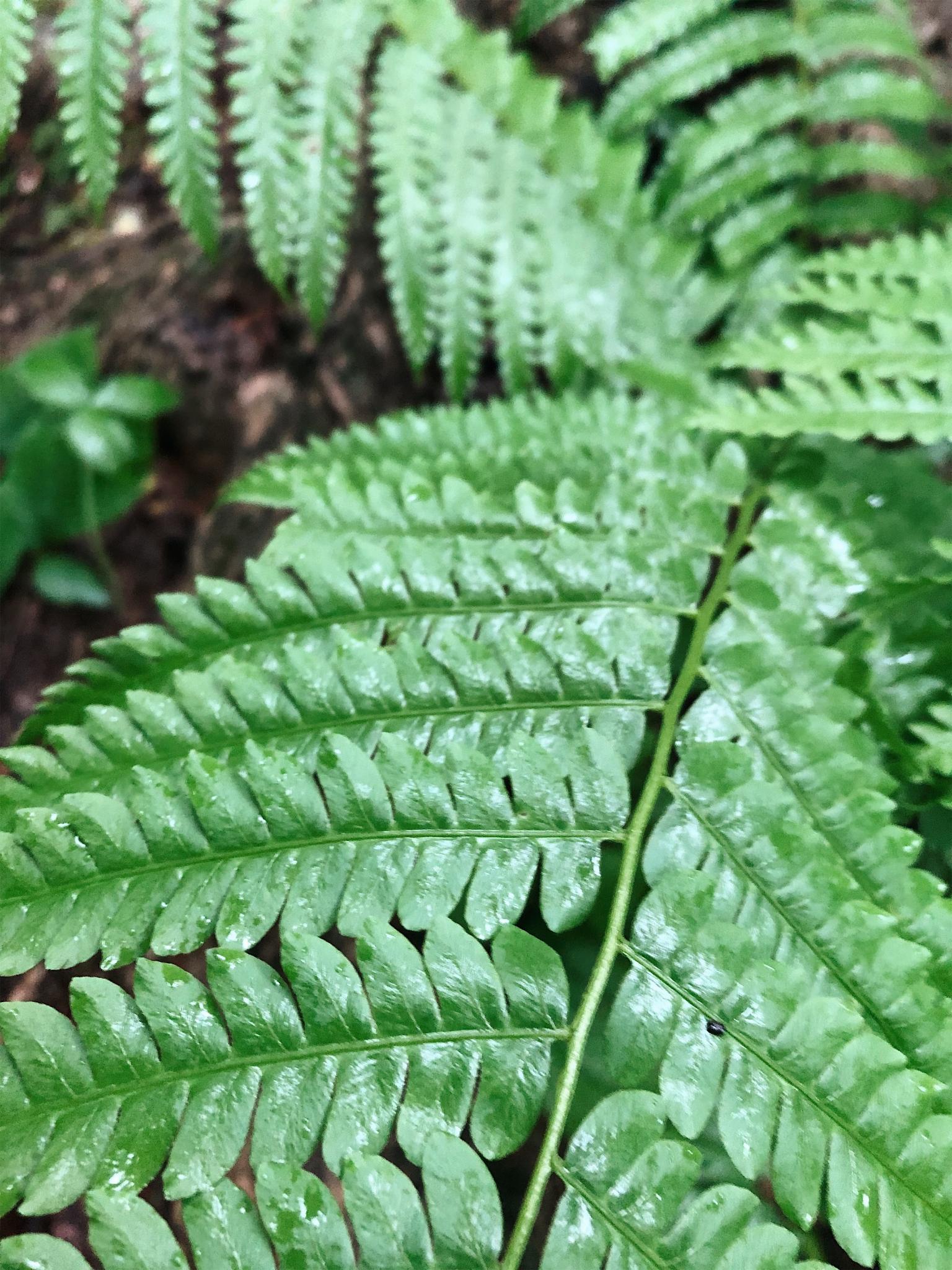
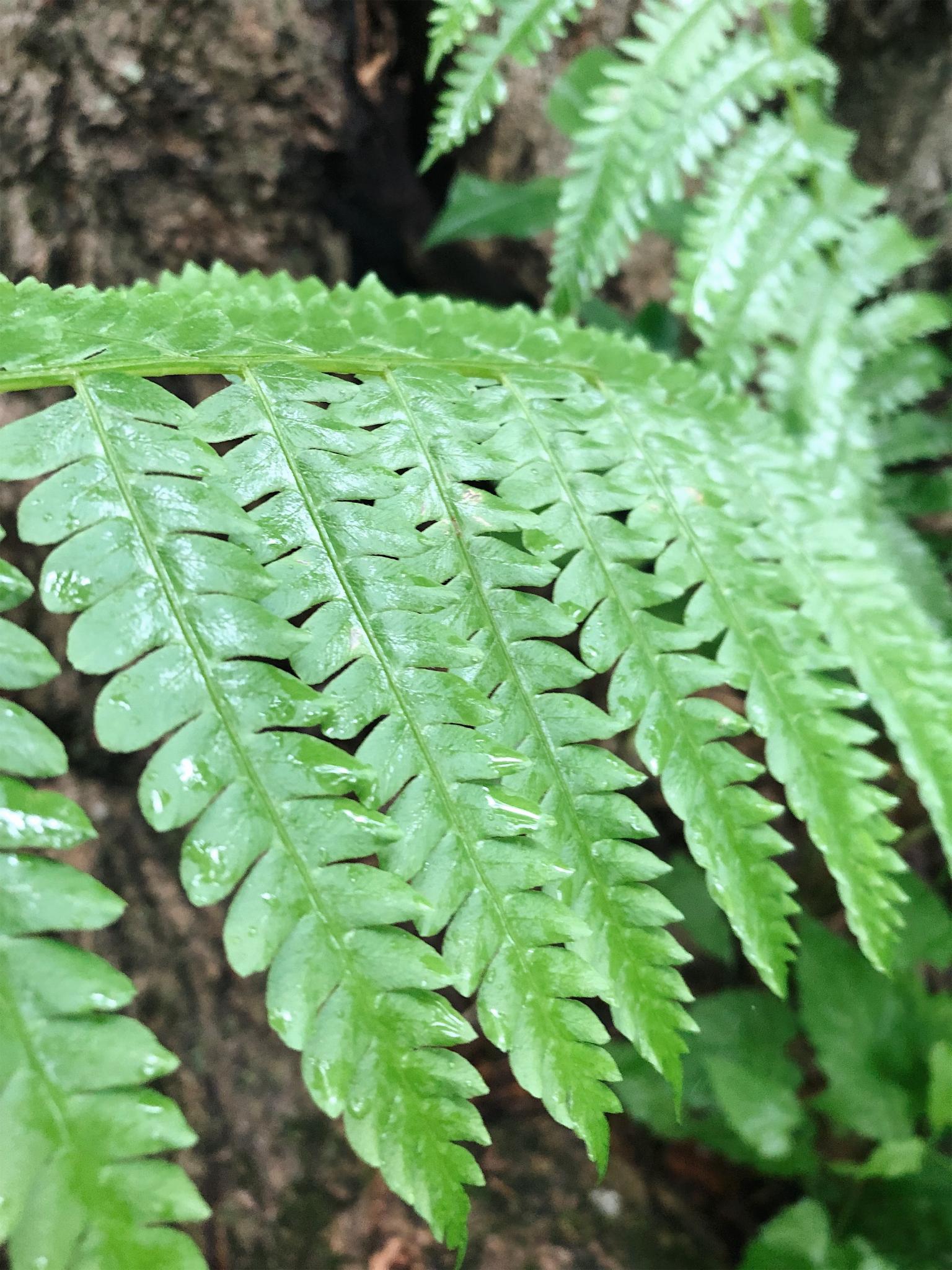
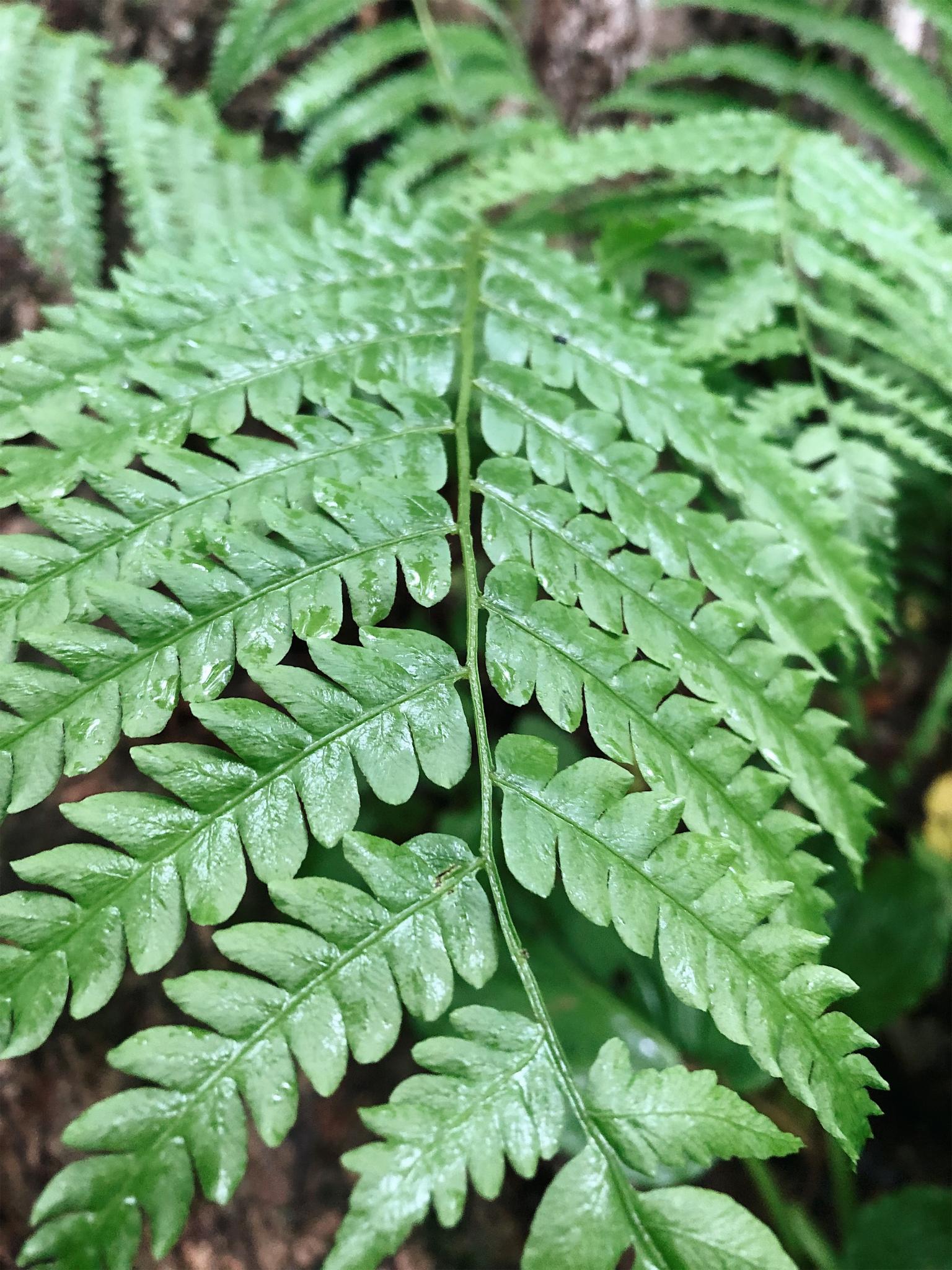
Eastern Red-Back Salamander
Scientific Name: Plethodon cinereus
The Eastern Red-Back Salamander, also called the Northern Red-Back Salamander, thrives in woodland areas under rocks. They are usually 5.7 to 10.0 centimeters long. This Salamander is from the eastern part of North America.
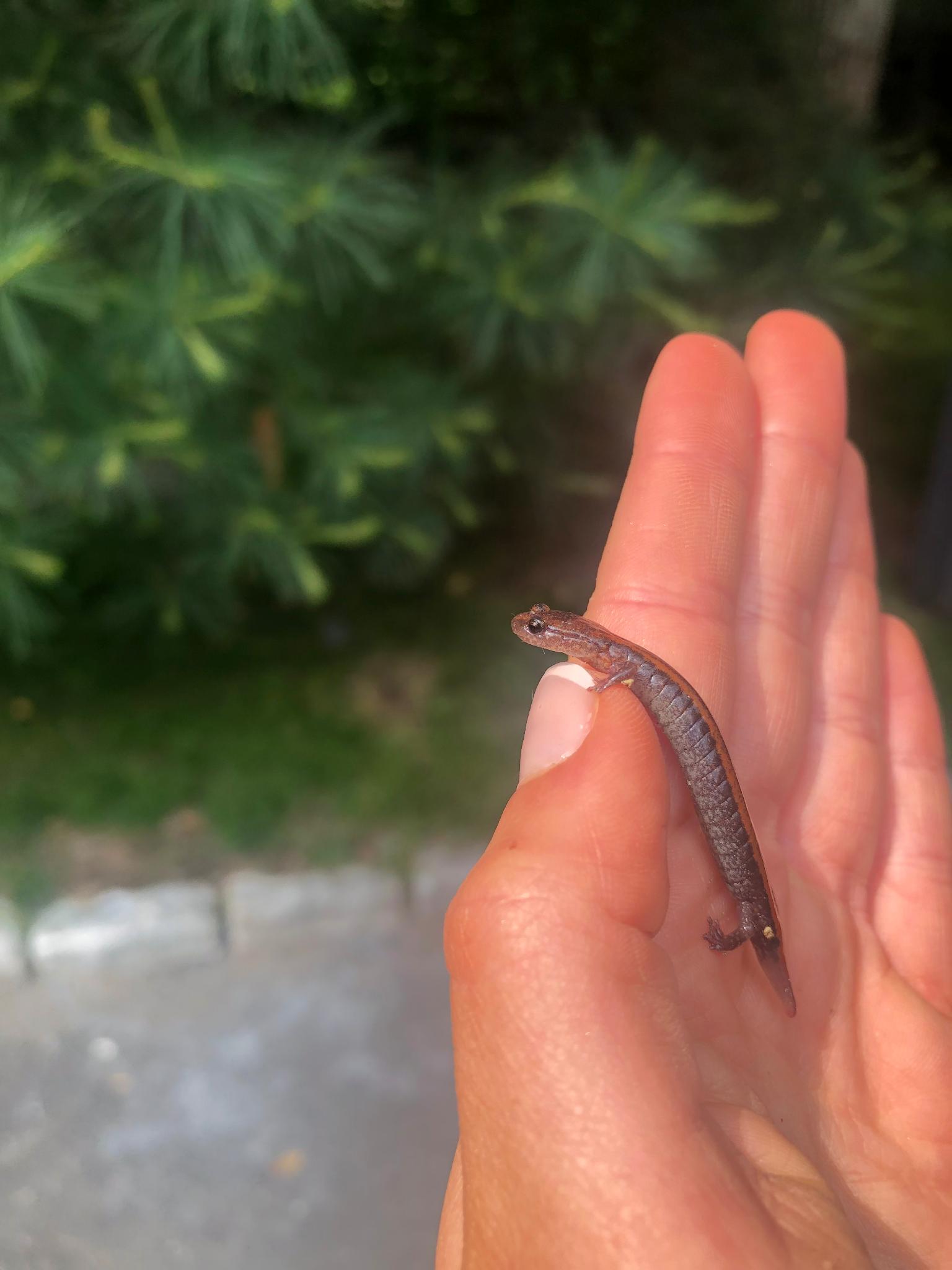
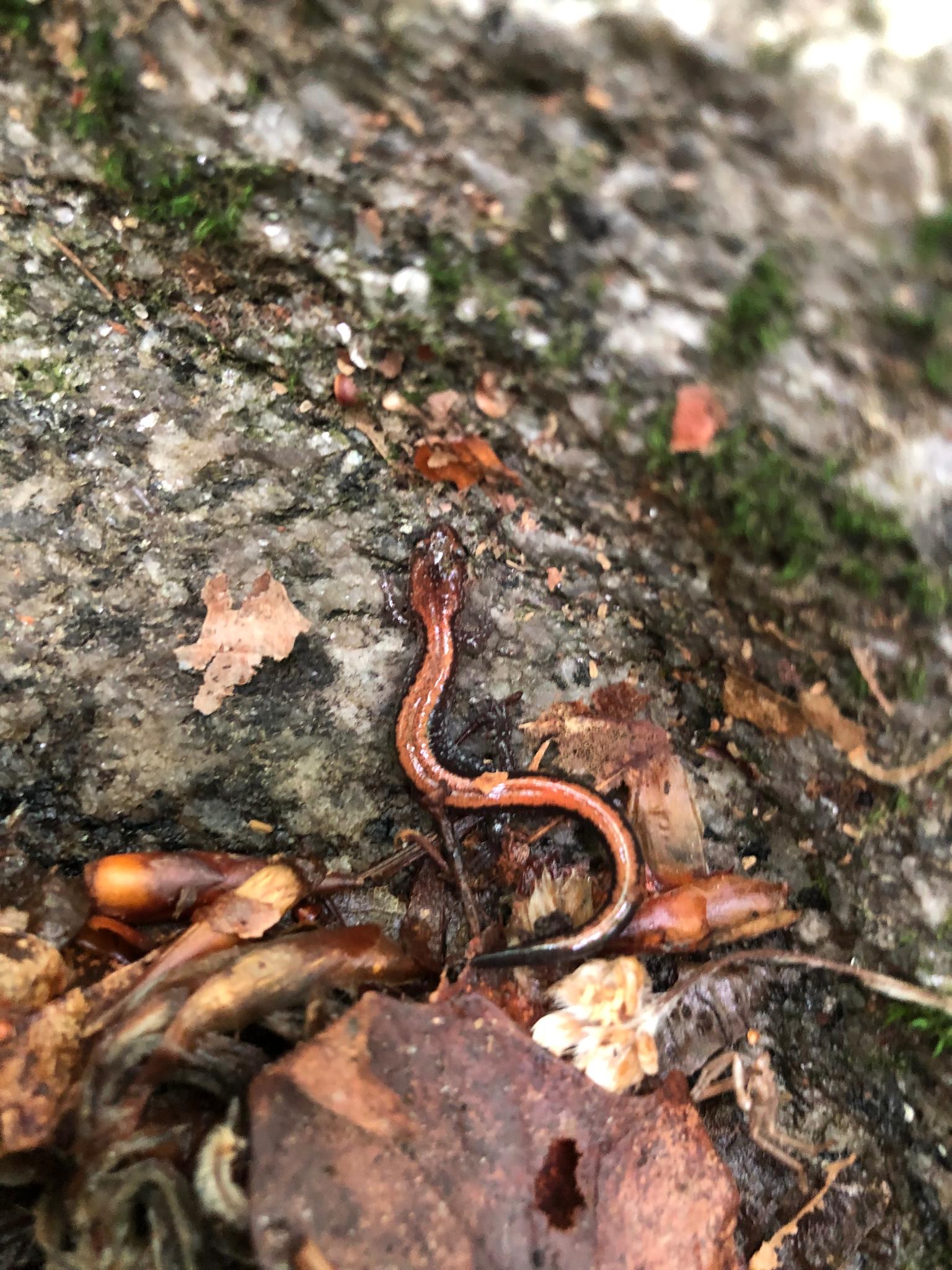

Eastern American Toad
Scientific Name: Anaxyrus americanus
Eastern American Toad's live in nearly every habitat such as forests to flat grassland but they need a semi-permanent freshwater pond or pool with shallow water like a vernal pool in order to breed.
This toad reaches 5–9 centimeters or 2.0–3.5 inches.
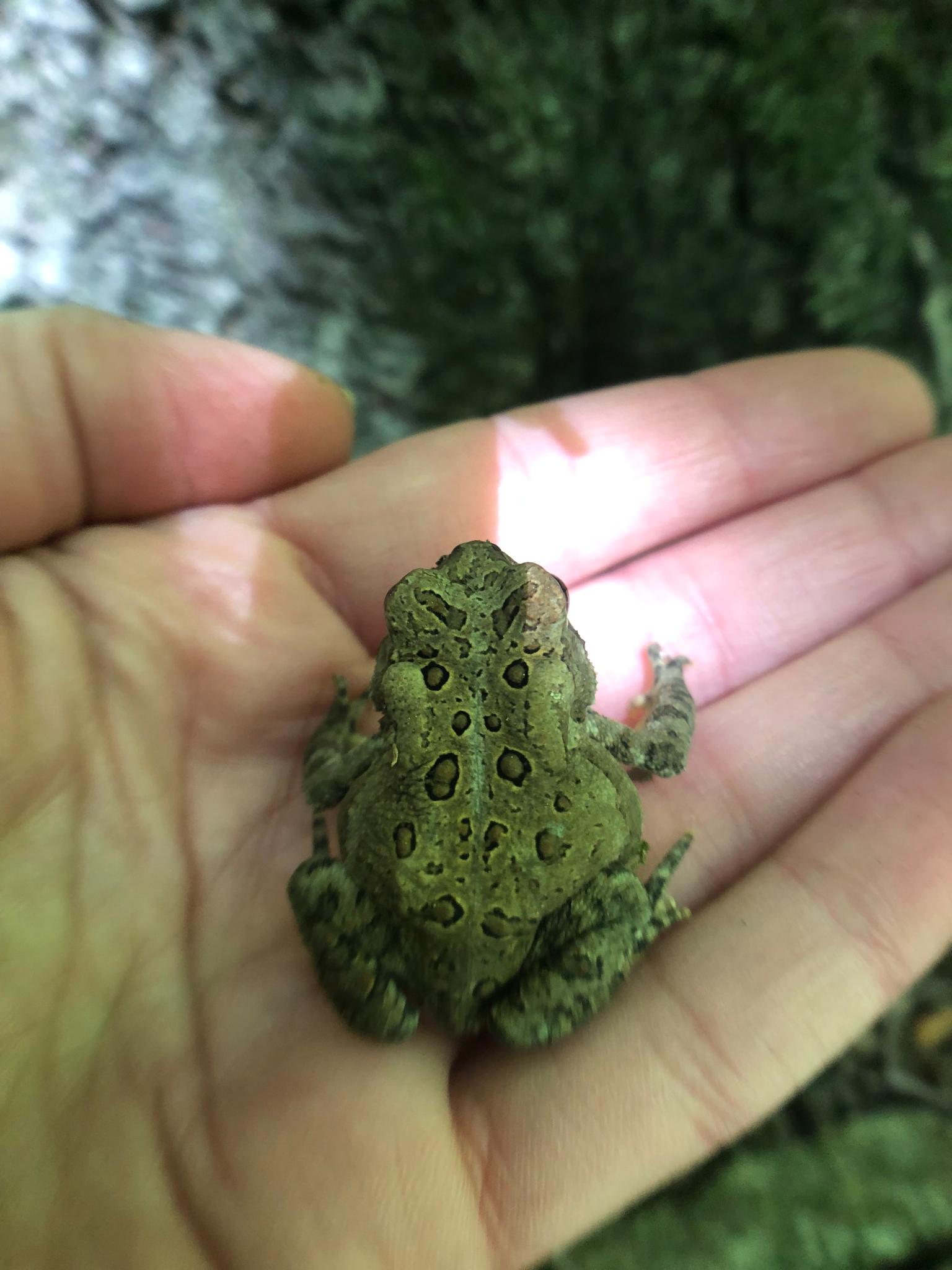
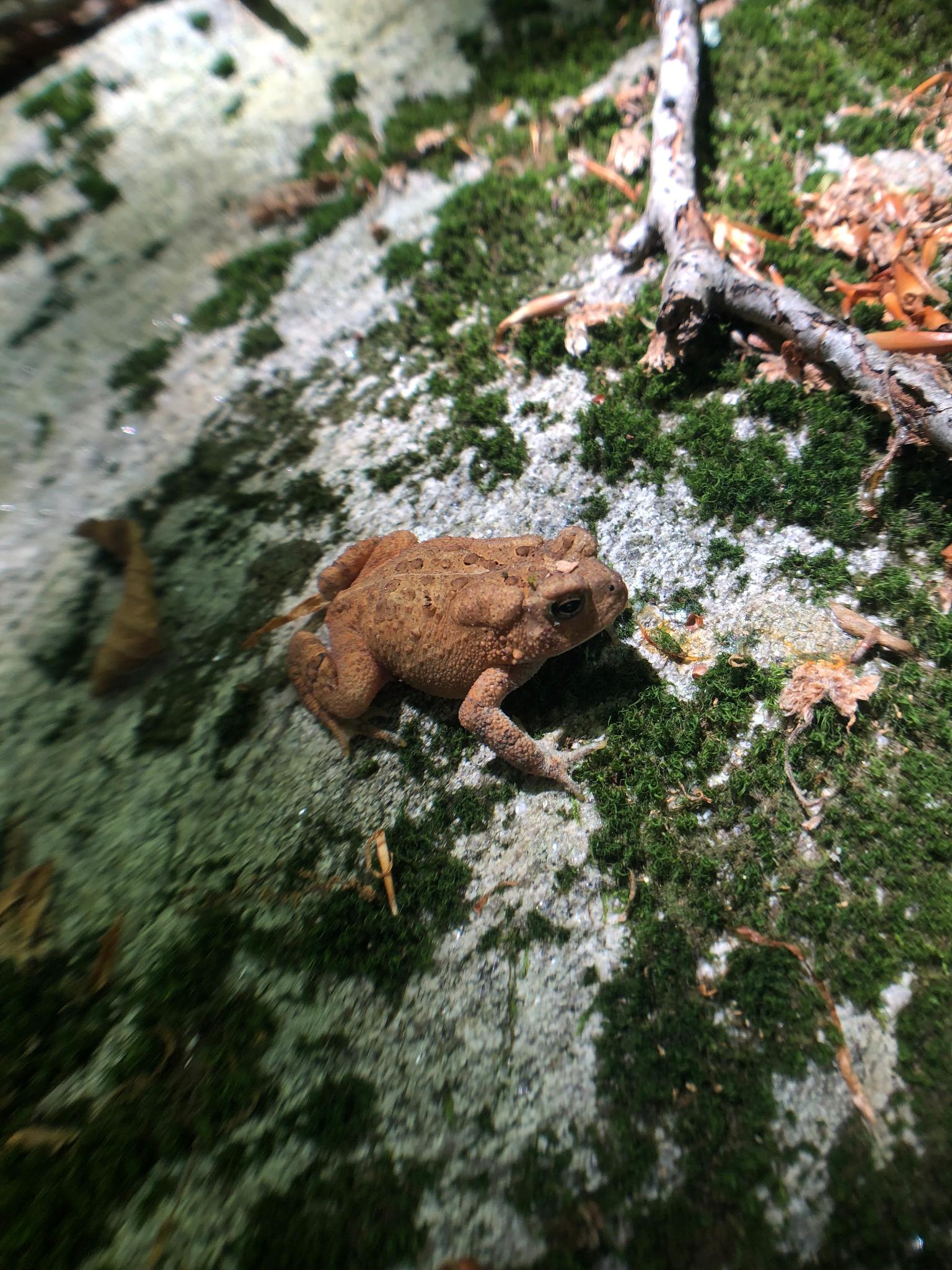
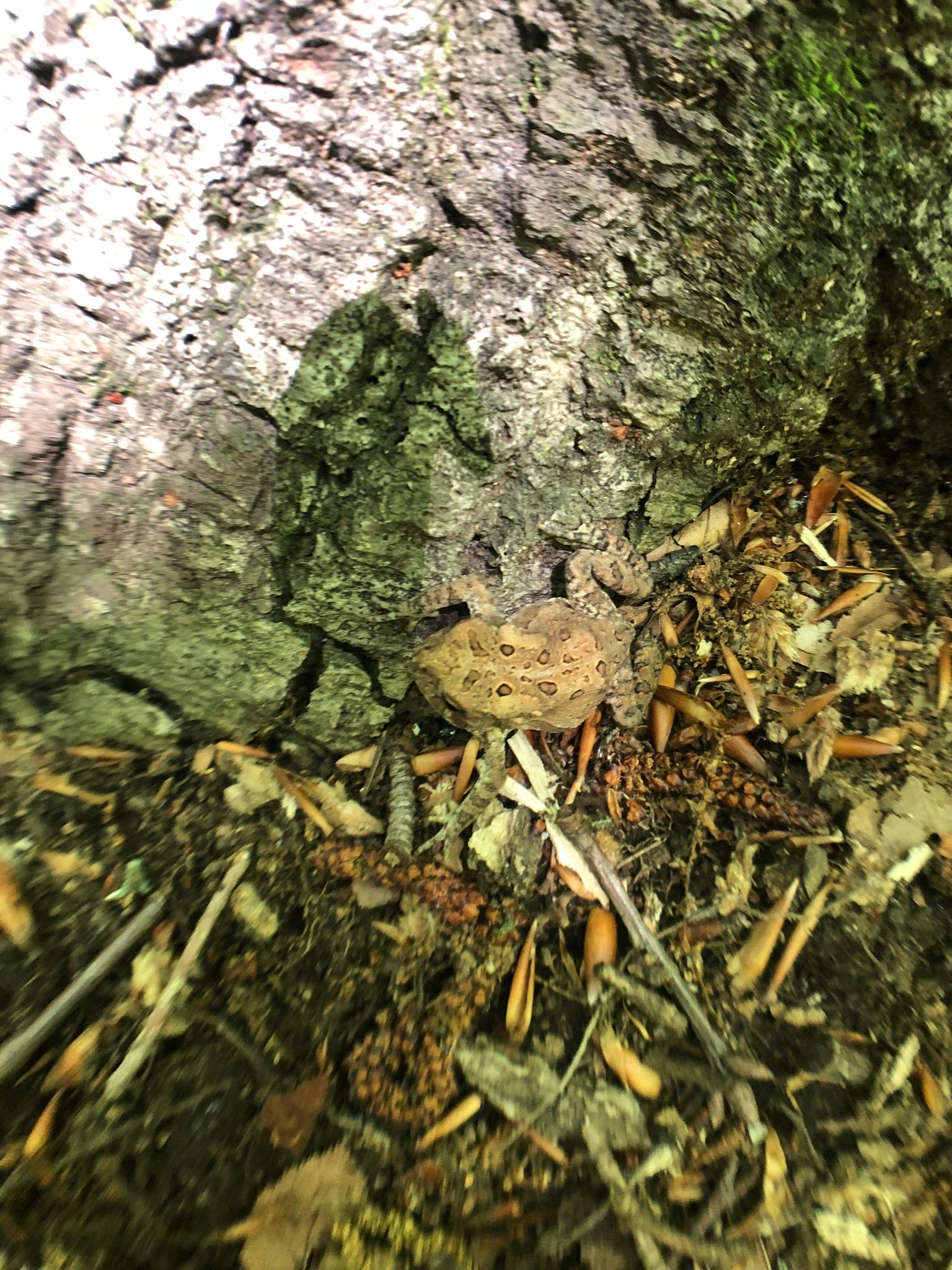
American Copper Underwing (Moth)
Scientific Name: Amphipyra pyramidea
The American Copper Underwing is native to the North American and southern Canada. The Larvae (pictured above) are active in the springtime. The adult moths have an average wingspan of 38-52 millimeters. The moths are active from July to October.
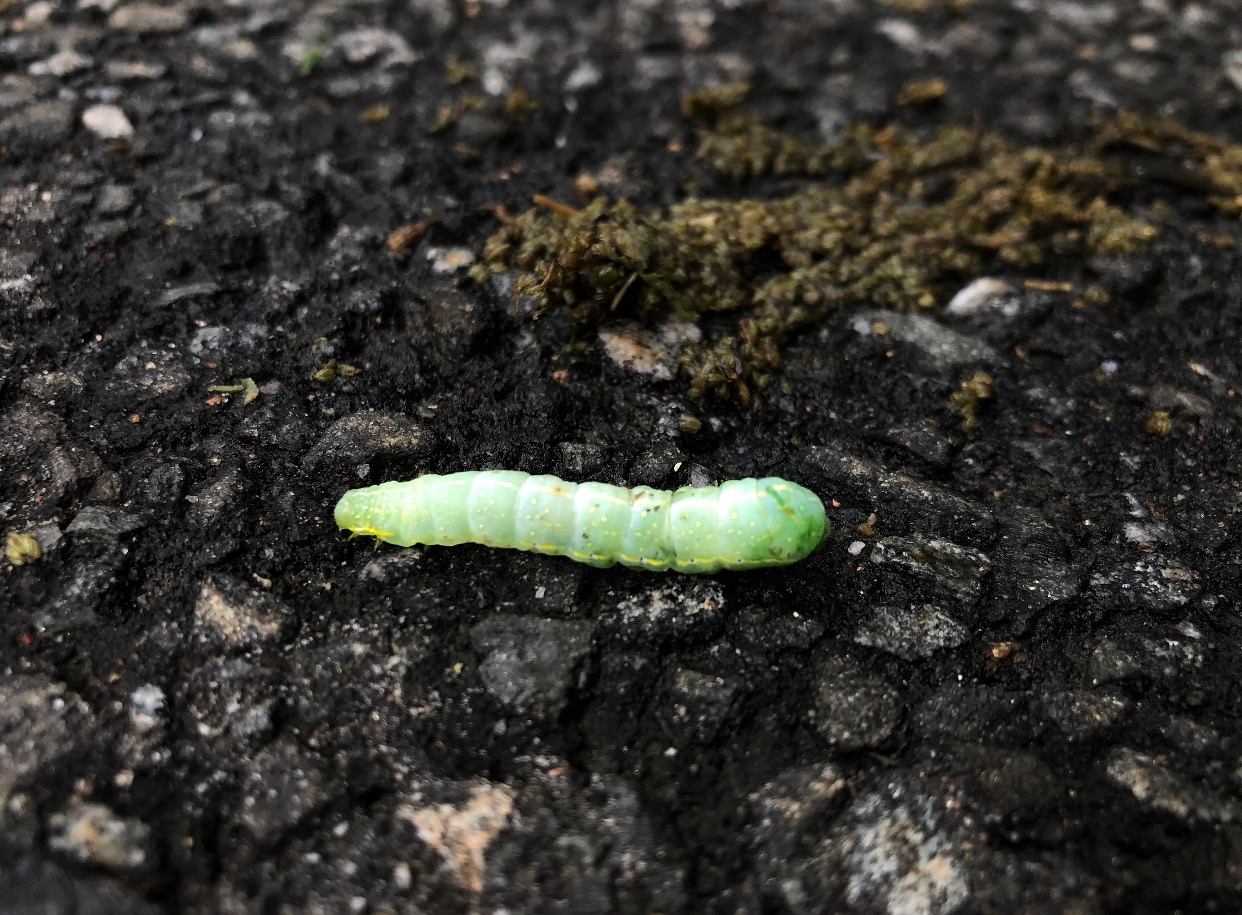
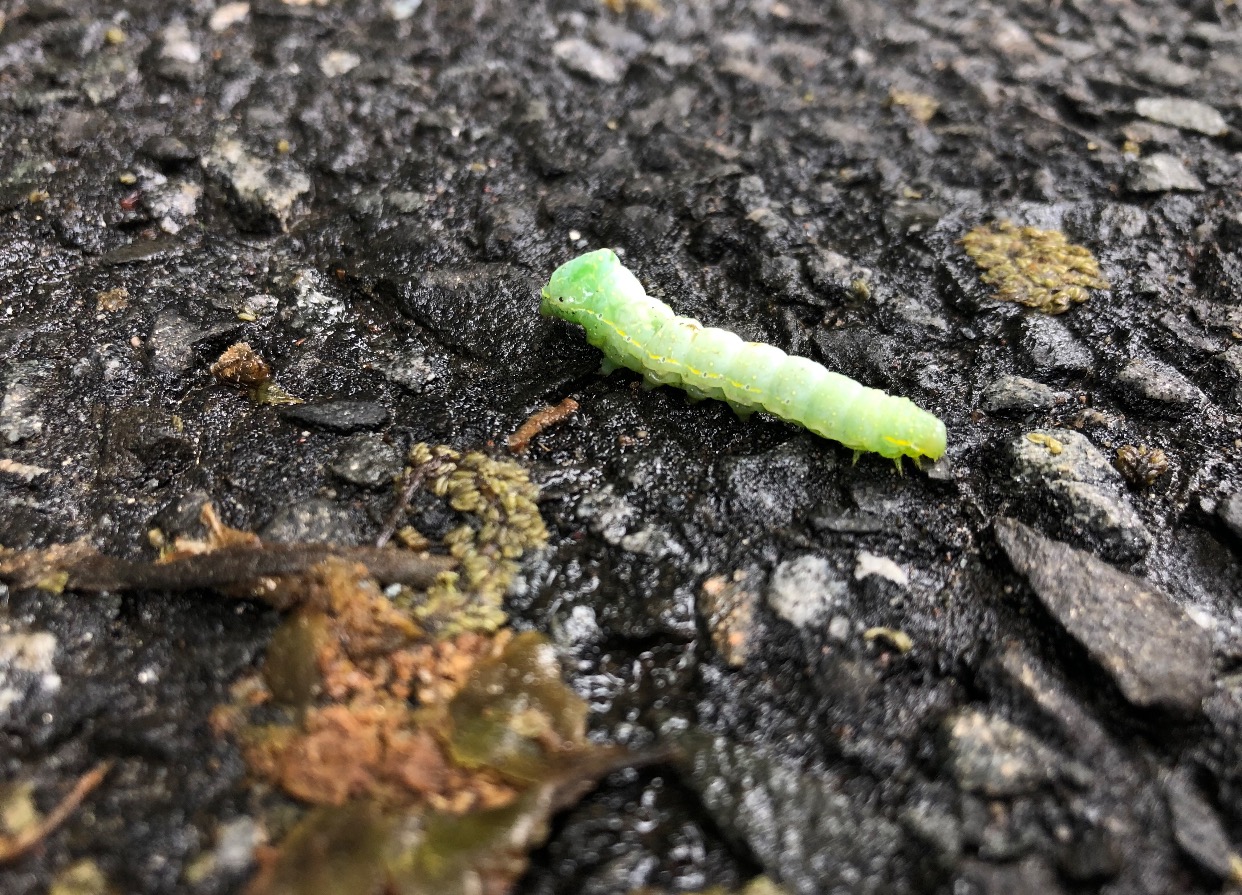
Buttercups
Scientific Name: Ranunculus
Buttercups are common in North America and abundant in Wilton. These flowers bloom in the spring and grow throughout the summer. They are opportunistic colonizers and they are common in gardens as weeds. There is an old myth that people will hold a fresh buttercup flower under their chin. If there is a yellow reflection from the flower's petals, the person is said to "like butter".
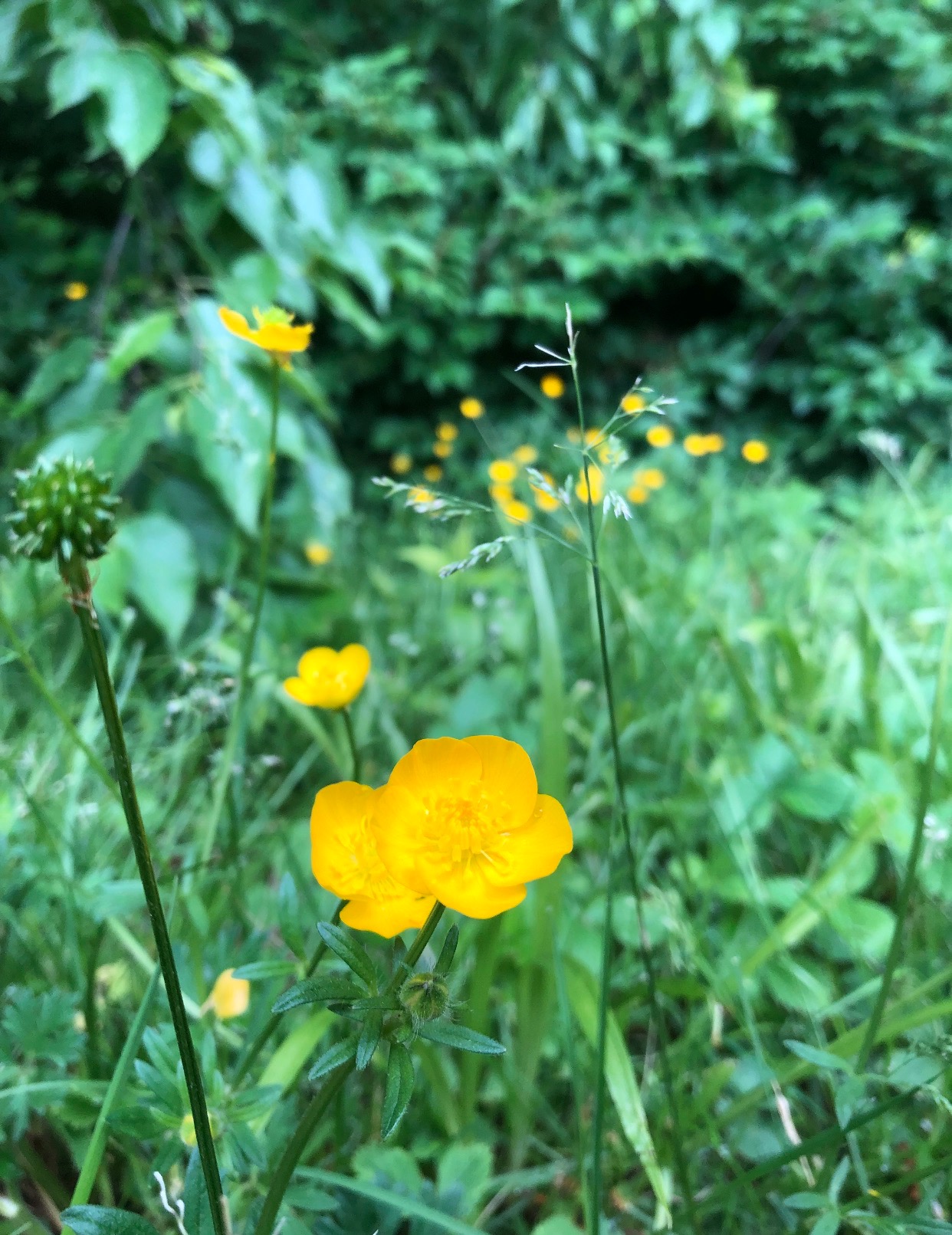
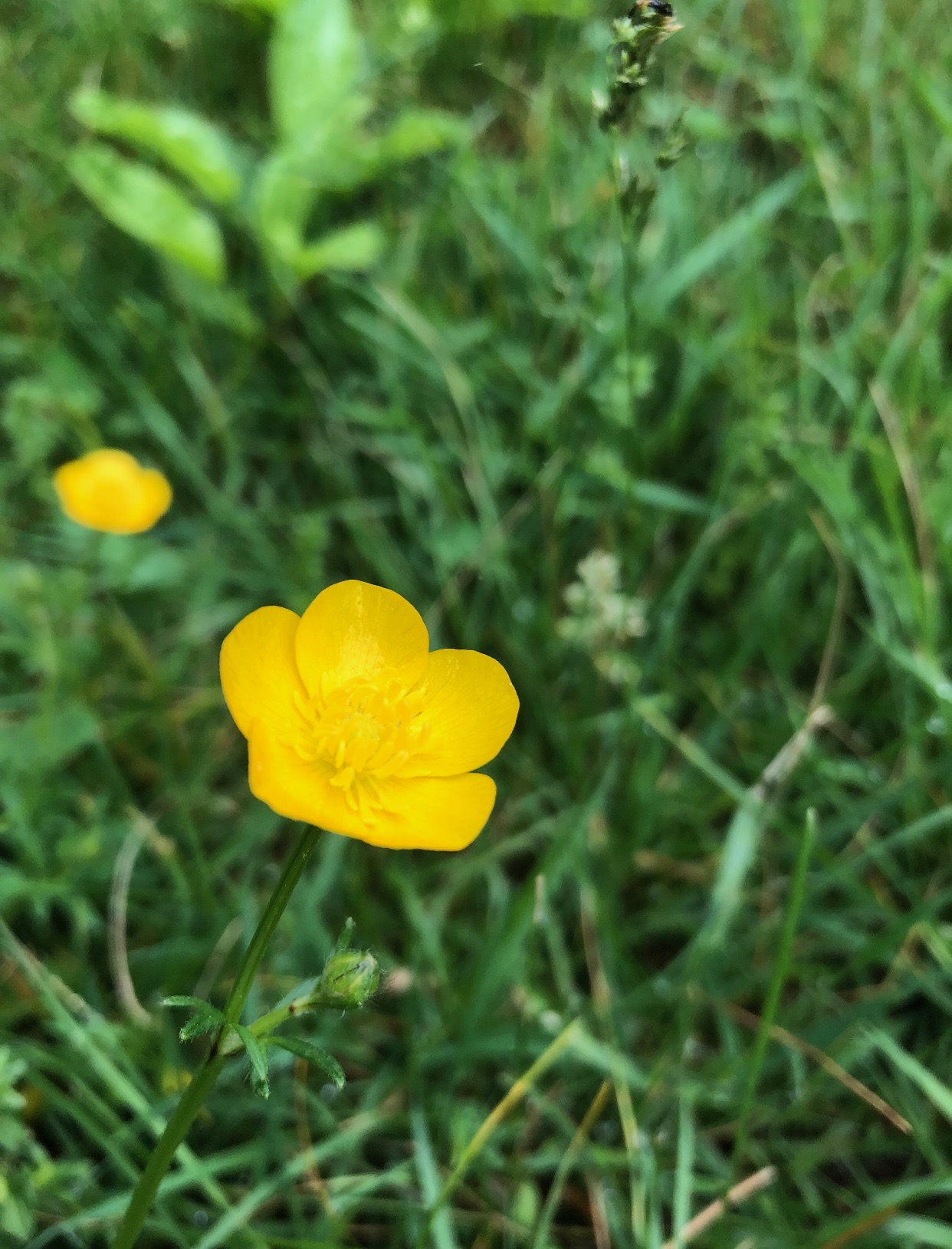
Common Garter Snake
Scientific Name: Thamnophis sirtalis
The Common Garter Snake is native to North America. The colors of the garter snake are typically yellow stripes on black, brown or green.

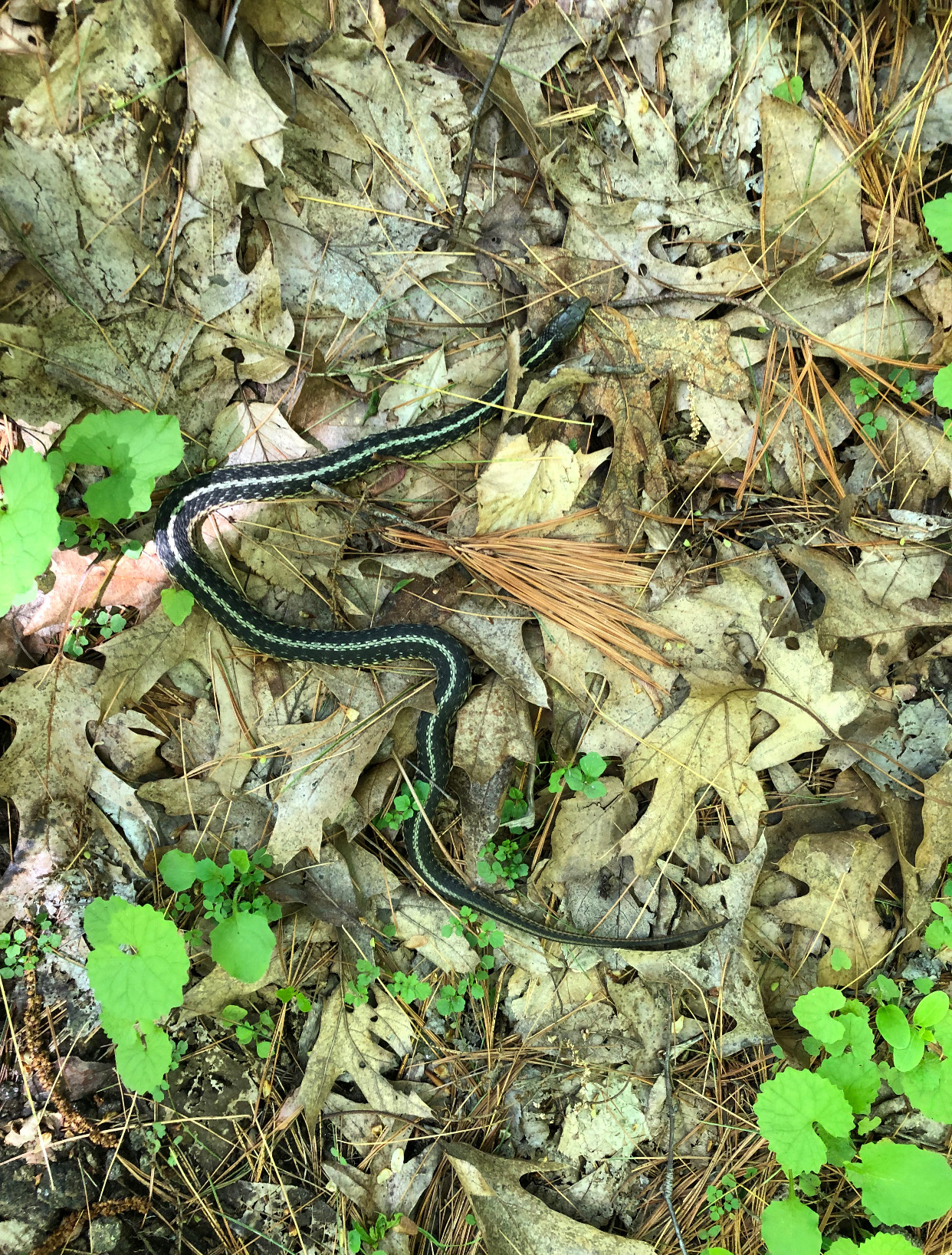
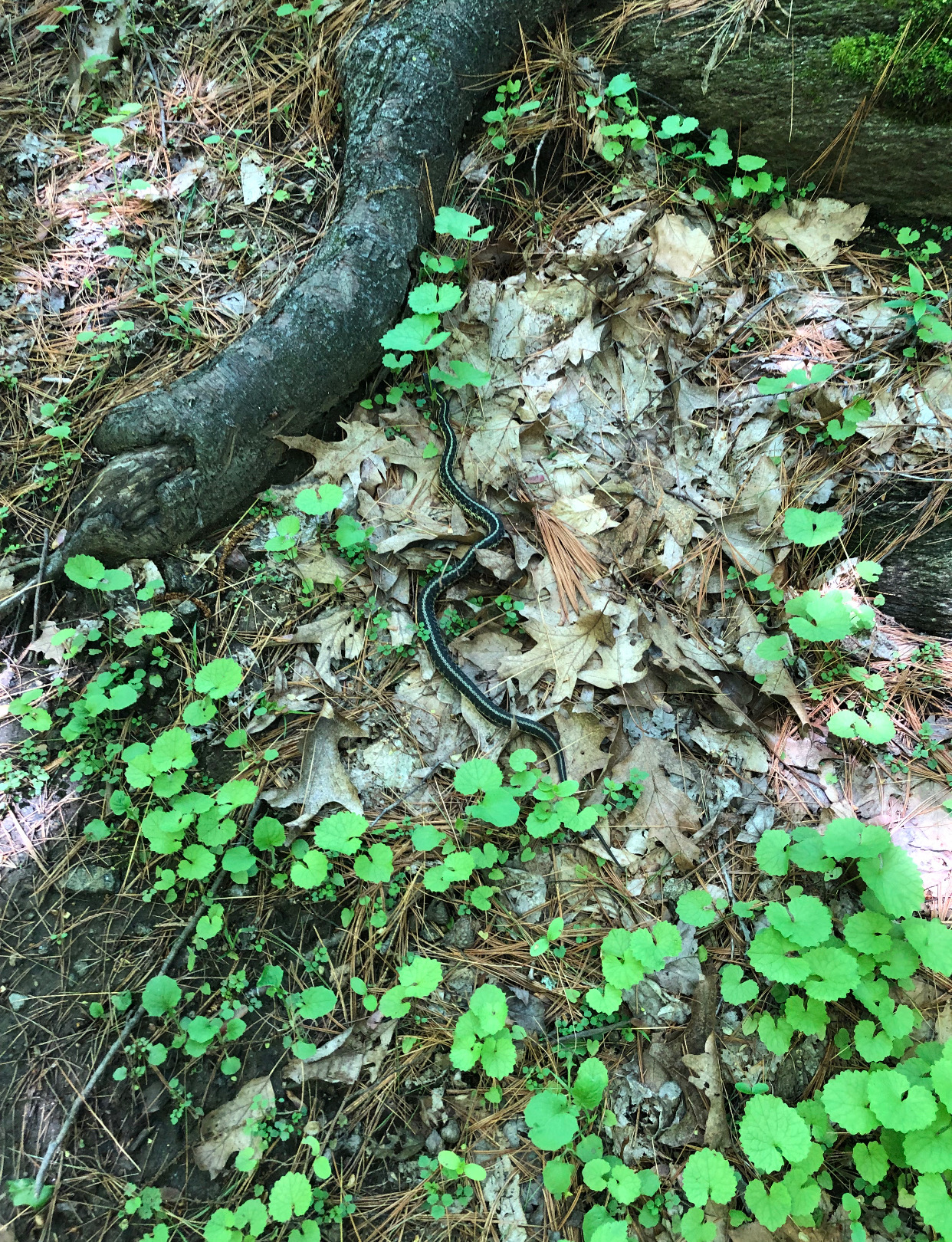
Promethea Silkmoth
Scientific Name: Callosamia Promethea
The Promethea Silkmoth is also known as the spicebush silkmoth because the spicebush is one of the moths favorite host plant. This moth is native to the eastern United States forests. It is given its name of "silkmoth" because it is able to produce silk while making its cocoon.
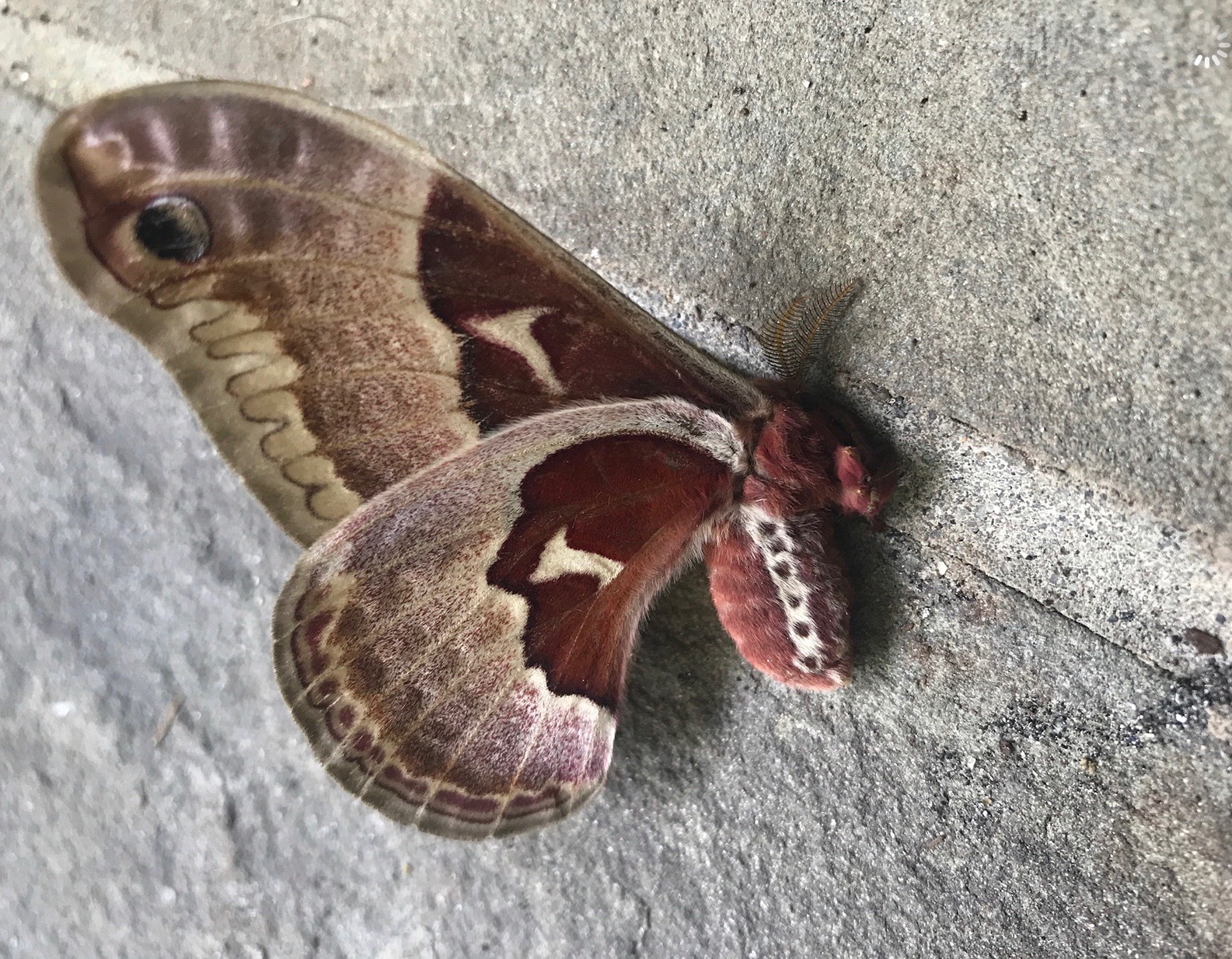
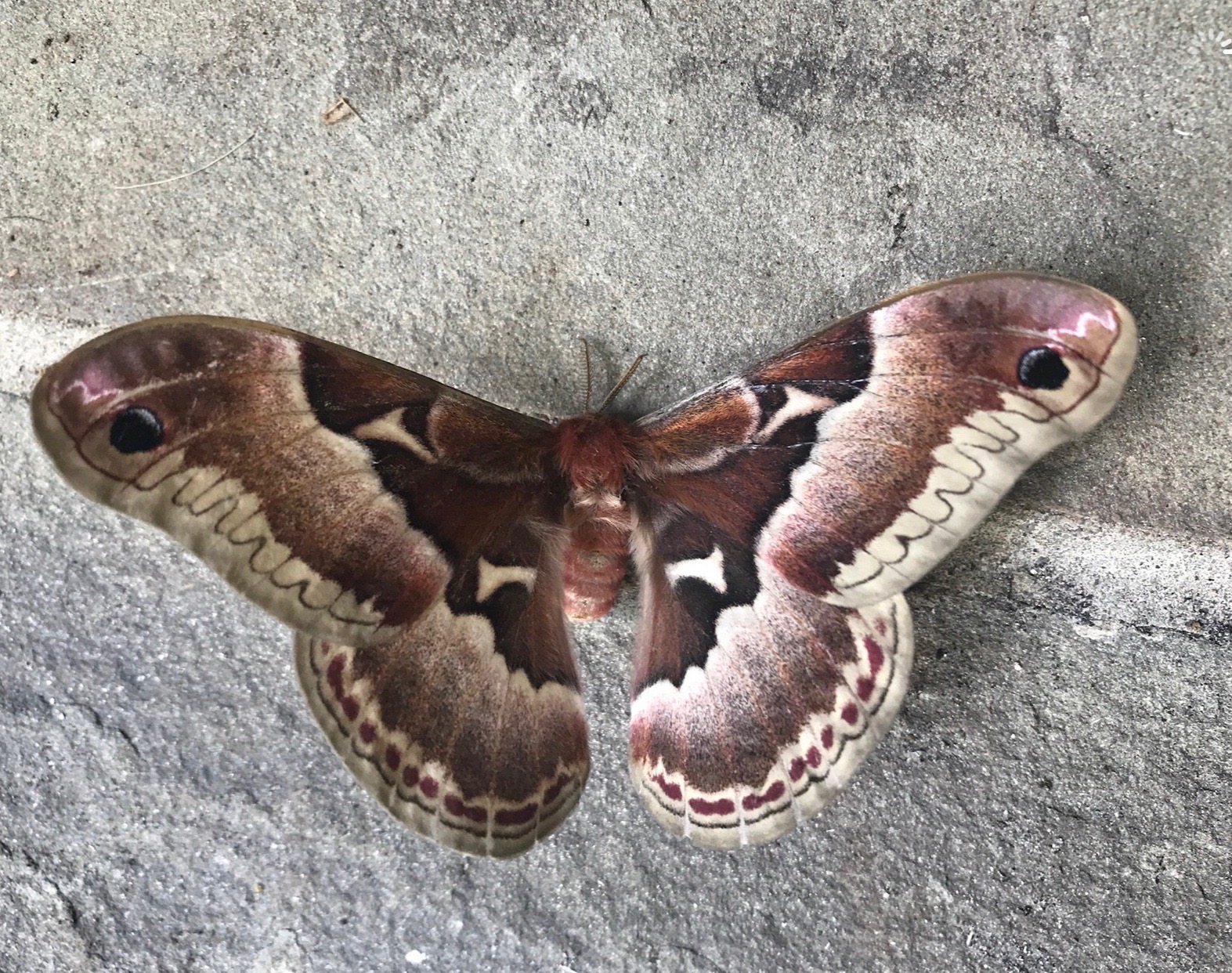
Beardtongue
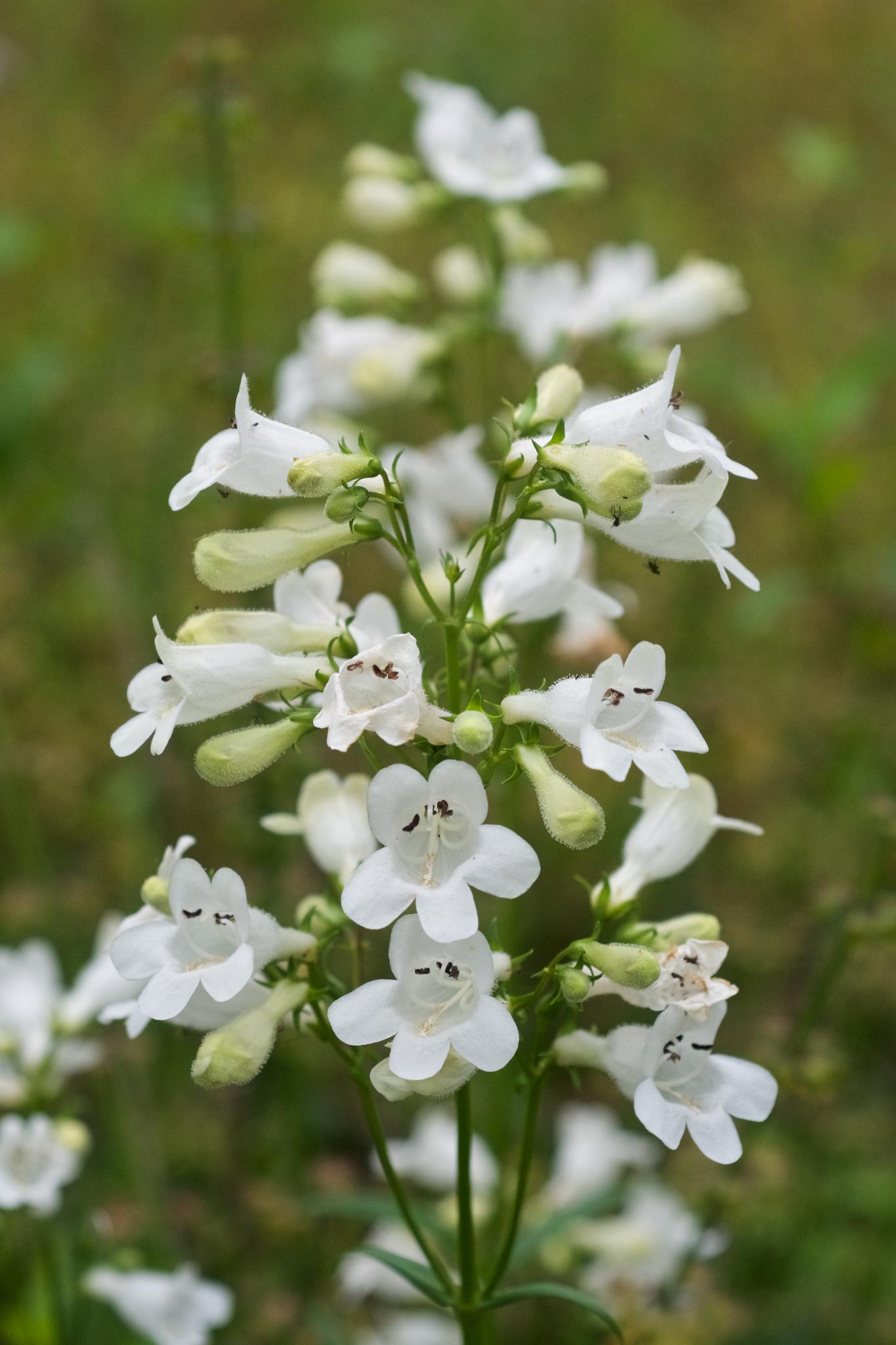
- Parachnowitsch, Amy L., et al. “Phenotypic Selection to Increase Floral Scent Emission, but Not Flower Size or Colour in Bee-Pollinated Penstemon Digitalis.” New Phytologist, vol. 195, no. 3, Aug. 2012, pp. 667–675. EBSCOhost, doi:10.1111/j.1469-8137.2012.04188.x.
- Elliman, Ted, and New England Wild Flower Society. Wildflowers of New England. Timber Press, 2016.
- Leopold, Donald Joseph. Native Plants of the Northeast: A Guide for Gardening & Conservation. Timber Press, 2005.
- Levine, Carol. A Guide To Wildflowers in Winter: Herbaceous Plants of Northeastern North America. Yale University Press, 1995.
- “Plants Profile for Penstemon Digitalis (Foxglove Beardtongue).” PLANTS Database, United States Department of Agriculture: Natural Resources Conservation Service, plants.sc.egov.usda.gov/core/profile?symbol=PEDI.
